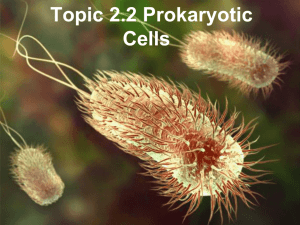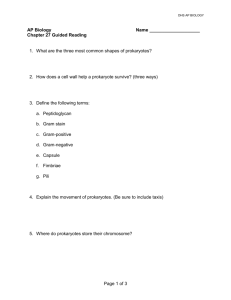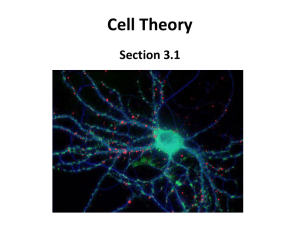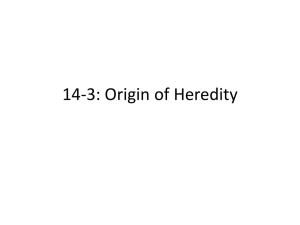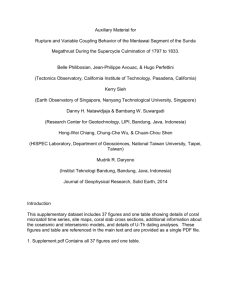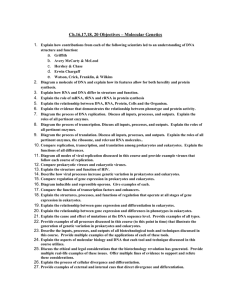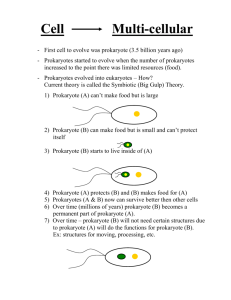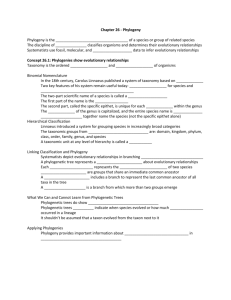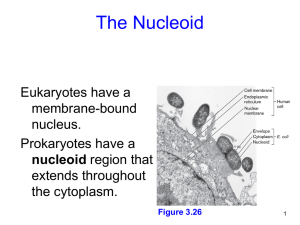Prokaryotes Worksheet: Structure, Function, and Gram Staining
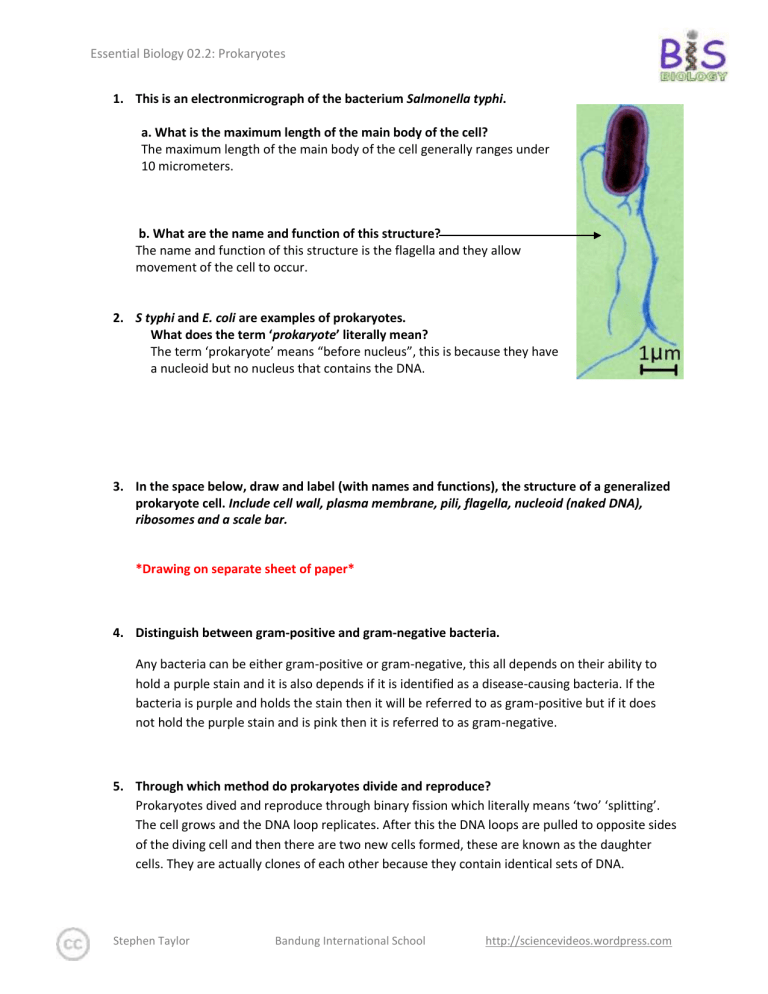
Essential Biology 02.2: Prokaryotes
1.
This is an electronmicrograph of the bacterium Salmonella typhi.
a. What is the maximum length of the main body of the cell?
The maximum length of the main body of the cell generally ranges under
10 micrometers.
b. What are the name and function of this structure?
The name and function of this structure is the flagella and they allow movement of the cell to occur.
2.
S typhi and E. coli are examples of prokaryotes.
What does the term ‘prokaryote’ literally mean?
The term ‘prokaryote’ means “before nucleus”, this is because they have a nucleoid but no nucleus that contains the DNA.
3.
In the space below, draw and label (with names and functions), the structure of a generalized prokaryote cell. Include cell wall, plasma membrane, pili, flagella, nucleoid (naked DNA),
ribosomes and a scale bar.
*Drawing on separate sheet of paper*
4.
Distinguish between gram-positive and gram-negative bacteria.
Any bacteria can be either gram-positive or gram-negative, this all depends on their ability to hold a purple stain and it is also depends if it is identified as a disease-causing bacteria. If the bacteria is purple and holds the stain then it will be referred to as gram-positive but if it does not hold the purple stain and is pink then it is referred to as gram-negative.
5.
Through which method do prokaryotes divide and reproduce?
Prokaryotes dived and reproduce through binary fission which literally means ‘two’ ‘splitting’.
The cell grows and the DNA loop replicates. After this the DNA loops are pulled to opposite sides of the diving cell and then there are two new cells formed, these are known as the daughter cells. They are actually clones of each other because they contain identical sets of DNA.
Stephen Taylor Bandung International School http://sciencevideos.wordpress.com
Essential Biology 02.2: Prokaryotes
6.
Which structures can you identify in this diagram and EM image? pilli flagella ribosomes
Plasma membrane
Cell wall
7.
Name the labeled structures in this transmission electronmicrograph:
I.
II.
Plasma Membrane
Cell wall
Stephen Taylor Bandung International School http://sciencevideos.wordpress.com
Essential Biology 02.2: Prokaryotes
III.
Nucleoid
IV.
Cytoplasm
8.
Calculate the magnification of the above image and the maximum length of the bacterium. m= 22cm/1um m= 220000/1 m=220000X as= 109/220000
Stephen Taylor Bandung International School http://sciencevideos.wordpress.com
